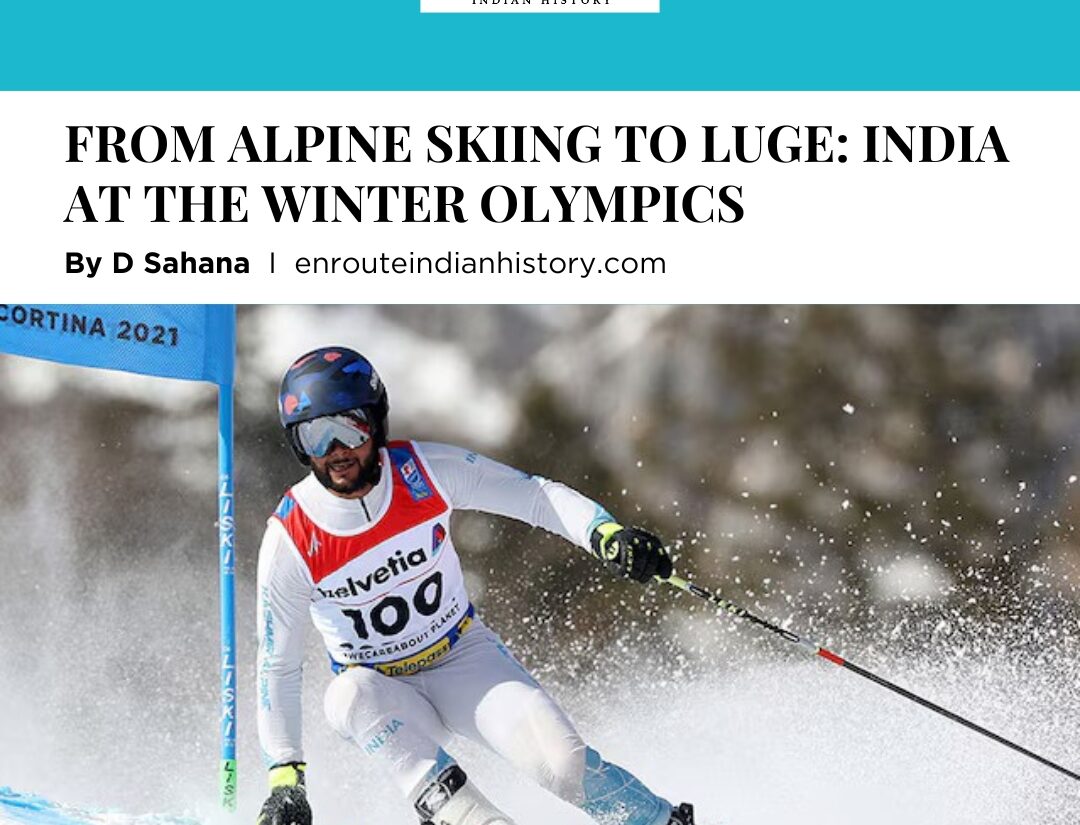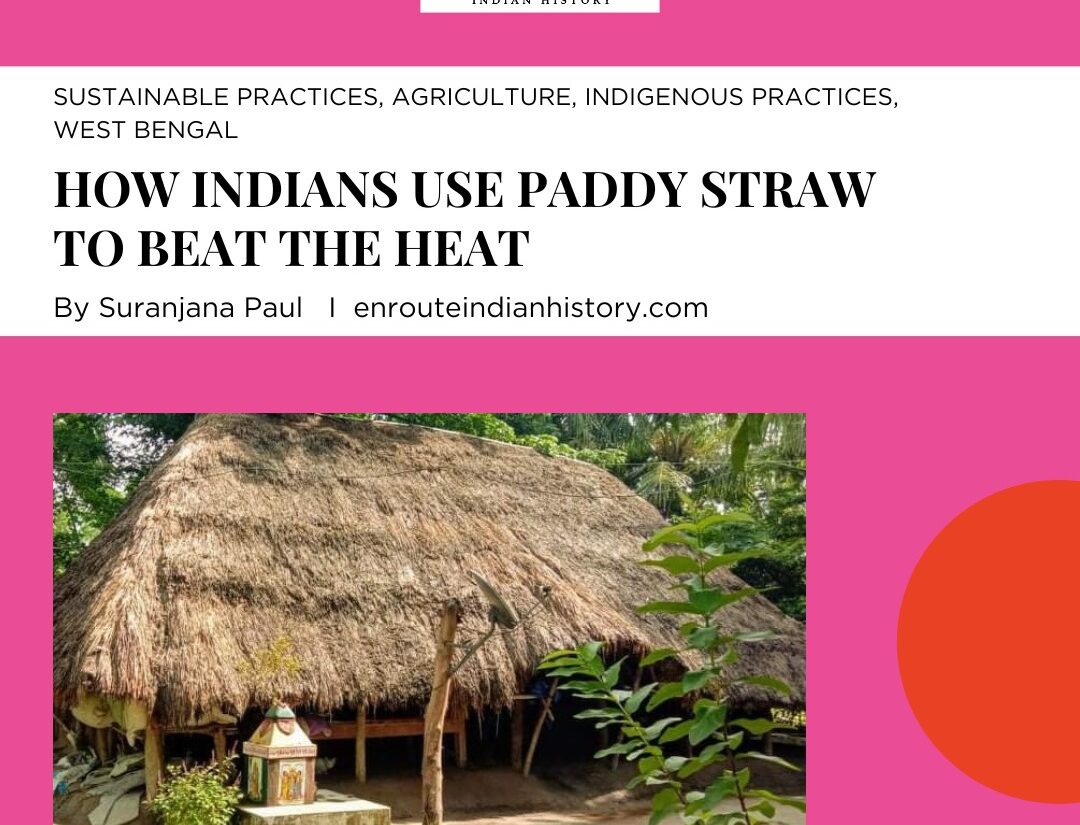
Cultural heritage assets such as historical buildings, archaeological sites, and monuments hold significant value as they represent our past, providing a sense of place and identity to people. These assets are constantly interacting with their environment, undergoing weathering processes that lead to changes over time. Climate change presents an additional threat to these heritage sites, exacerbating the rates of decay and contributing to the emergence of new decay. Changes in weather and its impact on cultural heritage, particularly monuments and historical buildings, is a topic of growing concern. Disturbed local weather pattern and mining activities pose a dual threat to cultural and natural heritage, exemplified by the Kumaraswamy temple complex and its surroundings in Sandur, Bellary district. This region, once rich in historical significance and biodiversity, is now struggling against environmental degradation. Altered local weather patterns such as, extreme weather events and temperature fluctuations accelerated the decay of monuments like the Parvati and Kumaraswamy temples. Meanwhile, rampant mining, particularly open-cast methods, exacerbates these issues by causing deforestation, pollution, and loss of green cover, further intensifying the adverse effects on the region’s ecology and cultural identity.

Parvati Temple, Sandur (Source: Photo clicked by Vaibhavi Kulkarni)
The impact of weather on cultural heritage stems from its influence on various factors such as temperature, precipitation, atmospheric moisture, wind intensity, and air pollution. Changes in these climatic variables can accelerate the physical, chemical, and biological mechanisms responsible for degradation, affecting the structure and composition of the materials used in these monuments. One significant aspect to consider is the role of severe mining activities in the alteration of weather in surrounding areas. Mining, especially practices like open-cast mining, can lead to environmental degradation, including deforestation, land degradation, and pollution. These activities release greenhouse gasses and particulate matter into the atmosphere, contributing to global climate change.
Mining in Bellary District
Bellary district is known for its rich deposits of minerals like iron ore and manganese. According to Robert Bruce Foote, the region between the twin ranges of the Sandur hills is “exceedingly rich in iron, richest in the whole of India and one of the richest in the world”. Open cast mining method is mainly adopted for mining. However, it has a significant negative impact on the environment such as degradation of forests and land, overheat, carbon emission and contamination of soil, groundwater, and surface water by chemicals. The mining process involves techniques like drilling and blasting, which leads to pollution and affects the overall ecology.

Mining Activities in the Sandur Hills (Source: @Greenminute Article)
Kumaraswamy Temple Complex, Sandur
Sandur is the headquarters town of the Sandur taluk, located approximately 48 kilometers west of Bellary city. In popular narrative, the town was formerly known as Skandapuri, which means “city of Skanda” or “Kumaraswamy,” whose temple is situated nearby. The legend narrates that the Karthikeya (Kumaraswamy) and sage Agastya rested here while heading south from Kailasa. The deity’s ‘Mahayatra’ is held twice every five years, attracting pilgrims from everywhere. A legend states that Taraka-sura, a demon who lived on the Sandur hills, was slain by Kumaraswamy, the son of Shiva. The temple complex consists of two temples, one dedicated to Parvati and the other to Kumaraswamy. The temple complex is nestled in Krauncha Giri’s (hill) biodiversity-rich Swamimalai Forest Range. The harmonious blend of natural and cultural heritage creates a distinctive and unique identity Kumaraswamy temple complex and its surroundings. The temples are listed as monuments of national importance under jurisdiction of the Archaeological Survey of India (ASI).

View of Temple Complex with Gopura from back-side (Source: Photo clicked by Vaibhavi Kulkarni)
The Parvati temple is architecturally significant and first built. It dates to the middle of the 8th century CE (c. 700-725 CE) and was constructed in the traditional southern Vimana style of early Chalukyan period. The superstructure of the temple consists of haras and talas and appears to have undergone renovations at a later time. Additionally, a huge and elongated wagon vaulted shukanasa constructed over the front mandapa has sculpture of shiva in tandava. Temple draws elements from earlier Chalukyan temples into a masterful recombination, while its plan and elevation are unique. The cardinal niches on exterior walls have sculptures and may also include one of the earliest images of the sage Agastya. The temple may have been originally dedicated to either Parvati or Shiva.
The adjacent temple of Kumaraswamy has become more popular and belongs to the later Chalukyan period. The kumaraswamy temple is relatively plainer than parvati temple and is dated to the late 11th century CE. Temple does not have its original superstructure now but has a renovated shikhara constructed later. The kumarswamy temple has several inscriptions and a few sati stones inside the temple. The notable epigraph among them is from Ballala II, the Hoysala king and it dates to 1206 CE. It refers to the donation made by Rashtrakuta king Krishna III as offerings to the Shanmukha temple (i.e. Kumarswamy Temple).

Kumaraswamy Temple, Sandur (Source: Photo clicked by Vaibhavi Kulkarni)
The temple complex also consists of smaller shrines and a gopura or gateway. Agastya-teertha, a tank built with steps on all four sides, is located outside of this temple complex.
Climate Change and Mining Impacts
This historical and natural landscape of sandur is facing a dual challenge that threatens both its tangible and intangible heritage. Residents and activists of sandur claim that the constant mining activities has affected the temple and its surroundings along with the rich biodiversity of swamimalai forest range which is habitat of rare flora and fauna. Local’s states, ASI had declared the temple complex and the 2.5-acre surrounding area as a “Protected Monument” under the Ancient Monument and Archaeological Sites and Remains Act of 1958. The AMASR Act forbids the mining activities in the vicinity of Kumaraswamy temple complex. However, the temple complex and surrounding biodiversity are under siege due to climate change and rampant mining activities.


Gopura and Sculpture on Parvati Temple covered in Orange ore dust (Source: Photos clicked by Vaibhavi Kulkarni)
Locals, devotees and environmental activists filed a public interest litigation (PIL) on this matter. Persistent mining operations have seriously harmed the temple’s exterior and adjacent areas. The Temple is always covered with mining dust due to the extremely high degree of air pollution caused by iron ore dust particles. The pristine carvings and sculptures over the exterior walls of parvati and Kumaraswamy temples are now shrouded in a haze of orange iron dust, a stark reminder of the environmental degradation. Due to blasting during nearby mining operations, several stone blocks in the kumaraswamy temple complex have developed cracks, and numerous other parts are in poor condition. Moreover, the severe force of blasting has skewed the temple gopuram.
The mining activities in the vicinity have intensified climate change’s adverse effects on the region. The alteration of landscapes due to mining leads to changes in local weather patterns, contributing to temperature fluctuations and extreme weather events. Bellary district is known for its blistering summer and dry weather for a major part of the year. The mining activities and loss of green cover intensified the temperature rise and air pollution in the region. This change in climate and weather is adversely affecting and intensifying the damage to the structural integrity of the temple. It also endangers the delicate balance of the ecosystem supporting rare flora and fauna in the surrounding hills.
In conclusion, the intertwining issues of climate change and severe mining activities pose a significant threat to cultural heritage, particularly evident in the case of the Kumaraswamy temple complex and its surroundings in Sandur. The delicate balance between preserving tangible heritage, such as historical monuments, and protecting intangible heritage, such as biodiversity and traditional practices, is at risk due to environmental degradation caused by these factors.The impacts of climate change, including temperature fluctuations, extreme weather events, and altered local weather patterns, exacerbate the decay and structural damage experienced by monuments like the Parvati and Kumaraswamy temples. Furthermore, rampant mining activities contribute to air pollution, contamination of water sources, and loss of green cover, intensifying the adverse effects on the region’s ecology and cultural identity.
Efforts to safeguard cultural heritage must prioritize sustainable practices, conservation measures, and stricter regulations to mitigate the impacts of climate change and mining activities. Collaborative initiatives involving local communities, government agencies, environmentalists, and heritage conservationists are crucial in addressing these challenges and ensuring the long-term preservation of our shared heritage for future generations. Only through collective action and a deepened commitment to environmental stewardship can we protect both the tangible and intangible treasures that define our cultural legacy.
Bibliography:
Sesana Elena, Alexandre Gagnon, and et.al. Climate change impacts on cultural heritage: A literature Review. WIREs Climate Change. 2021. pp. 1-29.
Bolon Carol. The Parvati Temple, Sandur and Early Images of Agastya. Artibus Asiae, Vol. 42, No. 4 (1980). pp. 303-326
Rudramuniyappa M. V. Iron Ore fines and their impact on environment in Sandur-Hospet region, Bellary district, Karnataka, India. Proceedings: PROF-97. pp. 273-278.
Gazetteer of India, Mysore State. Bellary district. Director of Print, Stationery and Publications at the Government Press. 1971. Edited by K. AbhiShankar
- May 15, 2024
- 6 Min Read























